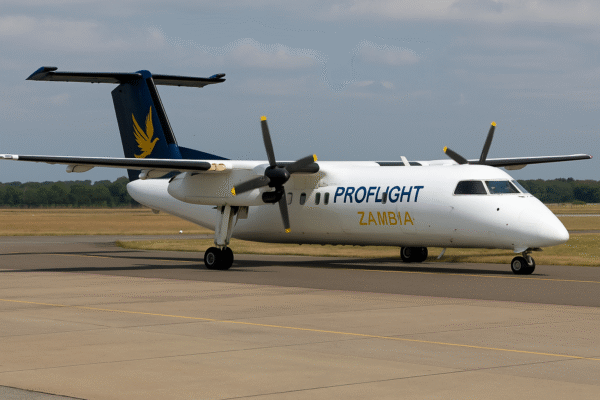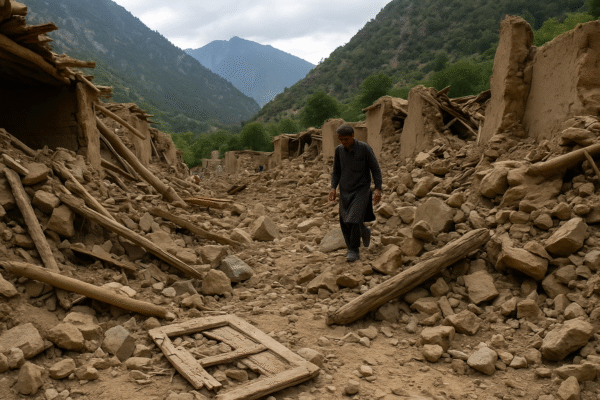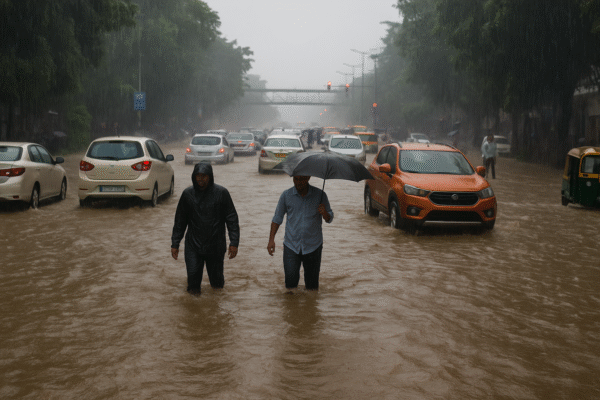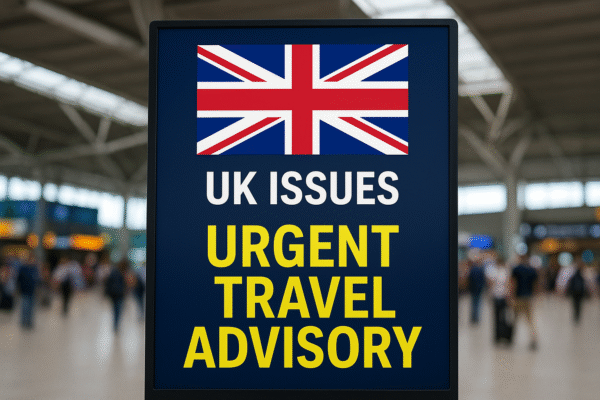Afghanistan’s eastern mountain ranges, once admired for their pristine landscapes and cultural routes, are now scarred by loss and devastation. A massive earthquake shook the border region near Pakistan late Sunday night, killing over 1,469 people and leaving more than 3,700 injured. Entire mud-brick villages collapsed within moments as families slept, turning peaceful valleys into zones of grief and destruction.
The disaster strikes at the heart of Afghanistan’s natural beauty, a land that has long fascinated historians, adventurers, and cultural travelers. But the tragedy underscores how fragile life remains in the mountains where beauty and danger coexist side by side.
Race Against Time in Remote Valleys
Rescue efforts are ongoing, but reaching survivors is a monumental challenge. Many villages are isolated by rockfalls and blocked mountain passes. Taliban authorities have deployed helicopters to deliver aid and evacuate the injured, while commandos are being dropped into areas too dangerous for landings.
On Tuesday, a second earthquake of 5.5 magnitude deepened the crisis. Aftershocks triggered fresh landslides, leaving survivors too afraid to re-enter their homes. Entire families now sleep under the open sky, exposed to cold nights and uncertainty.
For aid organizations, the terrain poses a relentless challenge. Teams have been forced to trek for hours across steep ridges carrying food, water, and medical supplies. Save the Children workers, for example, walked 20 kilometers on foot to reach stranded survivors. Ironically, these very valleys once lured trekkers and travelers with promises of untouched beauty.
The Harsh Duality of Afghanistan’s Landscape
Afghanistan’s Kunar province has been the hardest hit, and its geography illustrates both the wonder and hardship of the region. Towering peaks, glacial rivers, and terraced slopes form a postcard-perfect landscape. Yet this same terrain becomes hostile during disasters. Roads vanish into cliffs, bridges are scarce, and rainfall can quickly erase paths.
For centuries, the mountains were seen as gateways along the Silk Road and havens for mountaineers seeking remote expeditions. But now, the same natural features that inspire awe have turned into barriers, preventing rescue teams from reaching vulnerable populations quickly.
For tourism, the message is clear: Afghanistan’s beauty is undeniable, but its fragility is equally stark. Visitors who once dreamed of hiking through emerald valleys must reckon with the reality of natural disasters that can change lives in seconds.
Humanitarian Crisis and Food Uncertainty
Beyond collapsed homes, the earthquake has intensified an already dire humanitarian crisis. The UN World Food Programme has warned that current supplies in Afghanistan may last only a few weeks, as funding shortfalls threaten millions with hunger. In a country where more than half the population depends on aid, such shortages deepen the vulnerability of earthquake survivors.
Food insecurity adds another layer of risk for tourism recovery. Travelers cannot enjoy cultural exchanges or explorations when host communities struggle for daily survival. For Afghanistan to welcome visitors again, stability in food and livelihood must first be restored.
Vulnerable Populations at Greater Risk
The tragedy has highlighted the disproportionate impact on women and girls. Humanitarian groups note that social restrictions and cultural barriers make it harder for women to access emergency relief. Privacy concerns and mobility limitations mean that many cannot receive vital supplies directly. This hidden burden underscores how natural disasters magnify existing inequalities, complicating both aid distribution and long-term recovery.
Tourism and Cultural Heritage Under Threat
Afghanistan’s tourism sector was already fragile, hindered by years of instability. The earthquake now delivers another blow to an industry that once held promise. International travelers have long been cautious due to safety conditions, but the additional risks of earthquakes and poor infrastructure further discourage exploration.
Yet Afghanistan’s cultural heritage and natural wonders remain remarkable. Snow-fed rivers, sacred shrines, and historic valleys tell stories of civilizations that once flourished along trade routes. Preserving these treasures requires not just rebuilding homes, but also restoring community identity and heritage.
For responsible tourism to reemerge, strong international support will be essential. Aid must extend beyond short-term relief to include long-term investments in infrastructure, cultural preservation, and community resilience. Only then can Afghanistan hope to welcome back travelers eager to explore its rich traditions and landscapes.
Looking Ahead: Recovery and Reflection
As helicopters continue to drop supplies and families bury their loved ones, Afghanistan faces a long road to recovery. Each flattened village carries within it centuries of tradition, resilience, and hope for the future.
For the global travel community, Afghanistan’s tragedy serves as a reminder of nature’s dual power. The same mountains that inspire wanderlust can also become barriers and bring devastation. For tourism to recover, safety, infrastructure, and support for local livelihoods will be crucial.
In the years ahead, Afghanistan’s mountains will stand as both symbols of tragedy and resilience. While they continue to attract admiration for their raw beauty, they also call for respect and understanding of the challenges faced by those who live within them. For travelers, the future of Afghanistan remains uncertain, but its story—woven through landscapes, culture, and endurance—will always hold a place in the global imagination.
For more travel news like this, keep reading Global Travel Wire
















